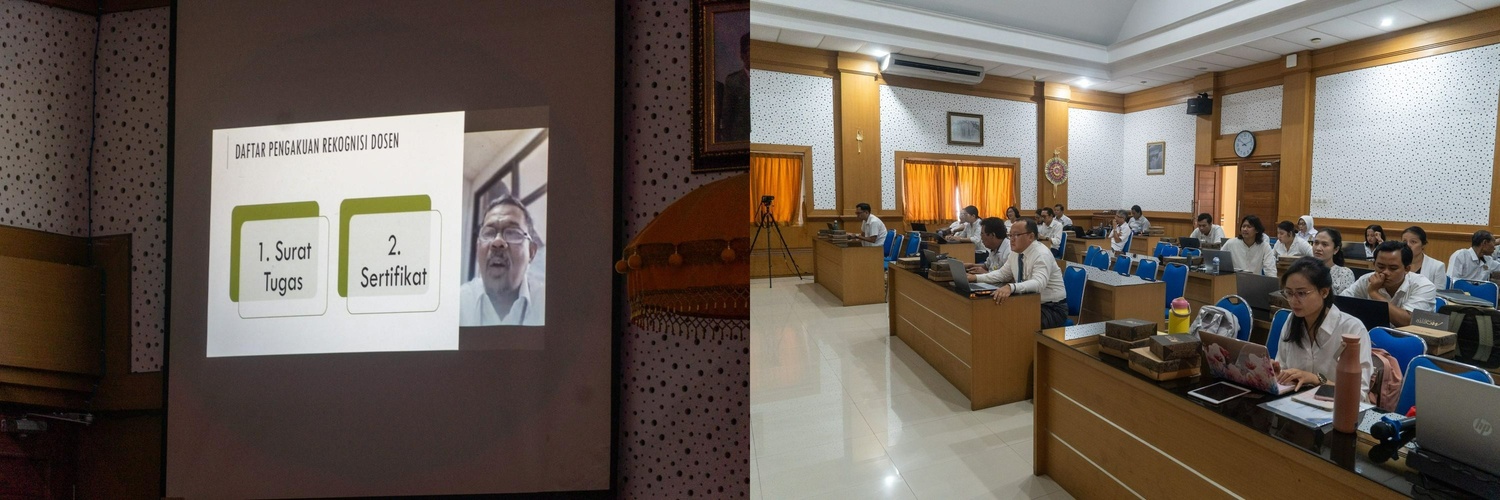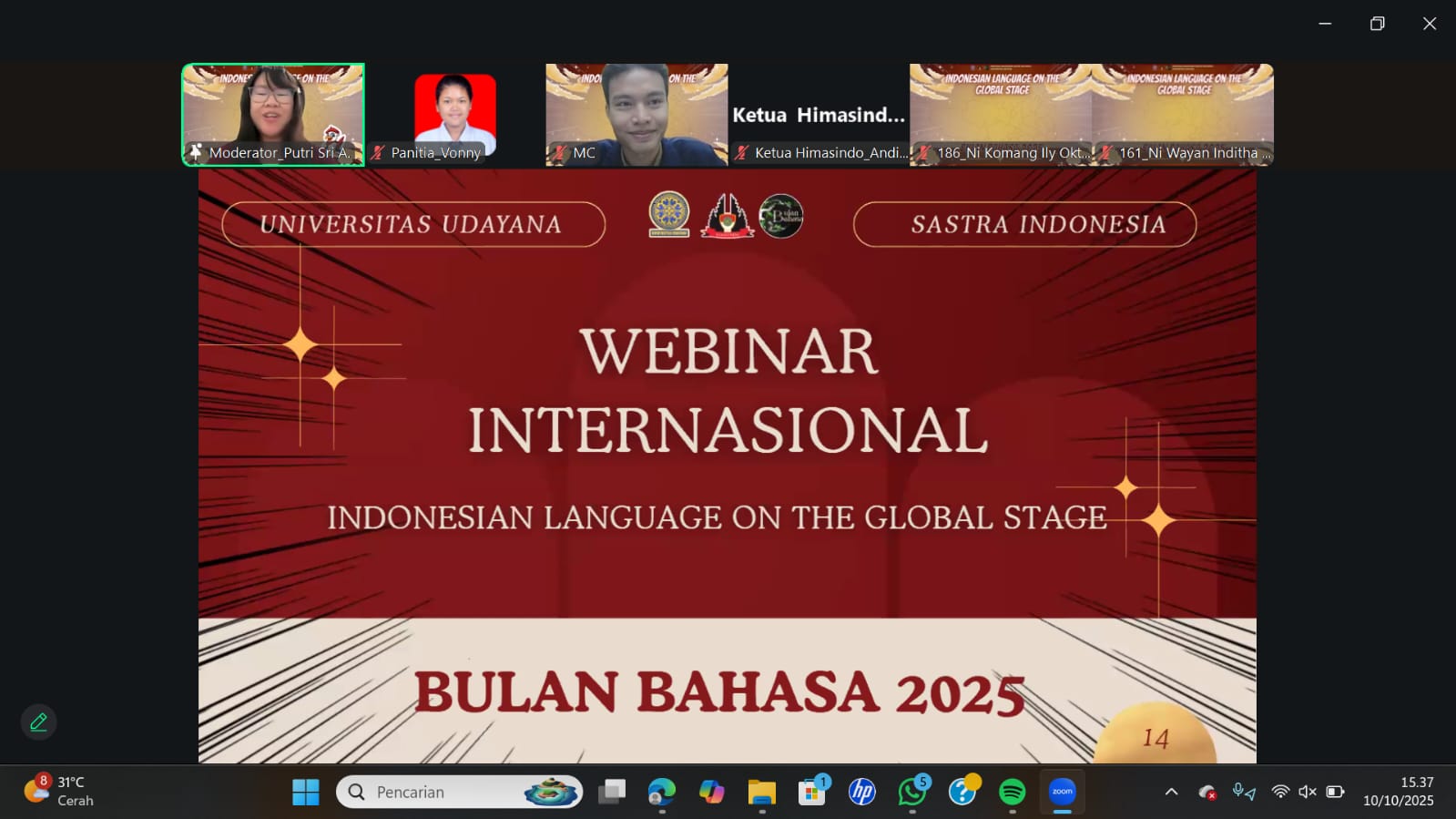Udayana University Students from the Faculty of Engineering and Faculty of Humanities Collaborate to Develop CUREVA: 3D Reconstruction Innovation for Cultural Heritage Preservation Based on Gaussian Splatting and Visual Language Model
Denpasar, October 3, 2025 — Students from Udayana University have once again made achievements in the Student Creativity Program (PKM) Karsa Cipta (PKM-KC) scheme organized by the Directorate General of Higher Education, Ministry of Higher Education, Science, and Technology. The team successfully obtained funding for an innovative project titled CUREVA (Cultural Reconstruction Innovation), which carries the idea of digital reconstruction of cultural heritage objects by utilizing Gaussian Splatting (GS) and Visual Language Model (VLM) technologies to support the preservation of artifacts and historical sites in Indonesia. This achievement becomes clear evidence that Udayana University students are able to compete nationally through innovative works based on cutting-edge technology. The CUREVA innovation also strengthens Udayana University's reputation as a leading campus that plays an active role in research development and the preservation of Indonesia's cultural heritage.
The destruction of cultural heritage objects has become a major challenge in the preservation of national cultural heritage. Natural factors, human activities, and a lack of maintenance have caused many historical artifacts to lose their original form and even their informative value. In response to these issues, the PKM-KC CUREVA team at Udayana University has developed a digital solution that can reconstruct, document, and educate the public about the importance of preserving cultural heritage objects. By applying Gaussian Splatting and Visual Language Model technologies, the team has been able to create realistic and interactive 3D reconstructions of historical artifacts. This innovation is expected to support digital preservation efforts while introducing Indonesia's cultural wealth to the global stage in a sustainable manner.
The CUREVA team developed a web application (web app) that serves as a center for documentation and digital reconstruction activities. This application functions as a link between technical results and users, whether for research, education, or efficient and easily accessible conservation activities. Users can explore the results of 3D reconstruction of cultural artifacts in an interactive and informative manner. This digital innovation not only strengthens the role of Udayana University in the field of cultural technology, but also becomes a strategic step in supporting the digitization of Indonesian cultural heritage preservation.
Gaussian Splatting technology enables 3D reconstruction with a high degree of accuracy in terms of the shape, color, and texture of objects. Compared to the Neural Radiance Field (NeRF) method, this technique is considered more efficient because of its faster rendering process and direct accessibility via a web app. The application of this technology produces more realistic visual results that closely resemble the original condition of cultural artifacts. As such, Gaussian Splatting becomes an ideal solution in supporting the digitalization of cultural heritage developed by students at Udayana University. Visual Language Model (VLM) is an Artificial Intelligence (AI)-based system capable of understanding and generating data in visual form (images and videos) as well as text. This model utilizes multimodal data sets to produce informative and contextual reconstruction results. With VLM integration, the CUREVA system is able to provide automatic descriptions and in-depth analysis of each reconstructed artifact. This technology also enhances the user experience in learning about cultural heritage through an interactive and educational AI-based approach. The PKM-KC CUREVA team consists of five students from various faculties, namely Nabiel Rafa Angela Bhaswara (Mechanical Engineering) as team leader, I Putu Galih Bhramanta Yudarsana (Mechanical Engineering), Egidius Santus Dominus (Information Technology), and two students from the Archaeology Program, Faculty of Humanities, Mouzalina Raisha Anfal and Kavita DiyaZinta Dewi. This team is supervised by Prof. I Wayan Widhiada, S.T., M.Sc., Ph.D. This inter-faculty collaboration is expected to strengthen the synergy between engineering, information technology, and humanities in providing digital innovation-based solutions. Through CUREVA, Udayana University students strive to preserve cultural heritage with a scientific and technological approach that is adaptive to the times.




UDAYANA UNIVERSITY